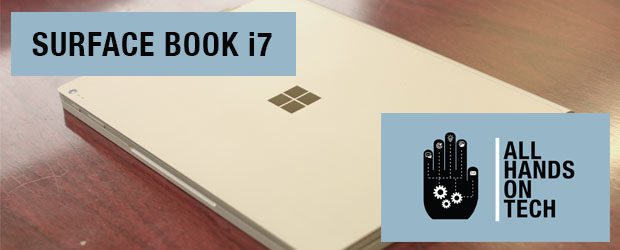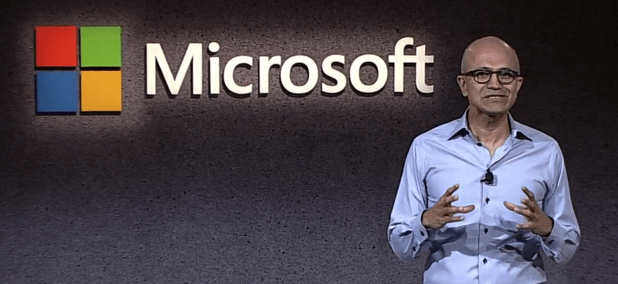Vancouver-based collaboration software startup Slack Technologies Inc. is expected to announce its new Slack for Enterprise edition at an event in San Francisco on Tuesday morning, according to a report in Business Insider.
The instant messaging tool has become a favourite among startups and other firms in Silicon Valley for its simple interface, which belies a series of rich integrations with other applications used to get work done in the digital sphere. A new enterprise edition will contain features such as “federation,” reports BI. This would allow different teams or groups of employees at a company to have their own customized installations of Slack while still being able to communicate with all other employees at the company.
It’s also expected to include a new, more secure API to integrate with other applications used by enterprises, including those built in-house. Slack has been delivered as a cloud service since its launch, operating on Amazon Web Services infrastructure, that would continue with the enterprise version and there will be no client required for installation.

Slack chief security officer Geoff Belknap. Image courtesy of Slack.
In a recent blog post, Slack’s chief security officer Geoff Belknap discusses the company’s approach to security, an important requirement if it’s going to win over large enterprise customers.
- Slacks’ product security engineers use automated and manual analysis to find defects in Slack’s code.
- It runs a bug bounty program, awarding the security research community with cash for finding flaws that are then immediately addressed.
- It regularly performs penetration tests and has third-party audits that are available for customers to read. It meets compliance standards formed my industry groups including the Cloud Security Alliance.
In a visit to Slack’s San Francisco headquarters in October 2016, CDN spoke with Slack’s head of global marketing Kelly Watkins and Cecelia Stallsmith, Slack’s head of platform marketing about its user engagement and integrations with other enterprise software. Slack sees more than 3 million daily active users, and the average user is logged in for 10 hours per day and using it for 2.25 hours, according to the firm.
Slack announced an integration with Salesforce in the fall, after the cloud CRM vendor acquired Quip, another collaboration platform that Salesforce acquired last summer. It’s Slack’s goal to solve the problem of app overload at many companies, Watkins says, by providing one single place to login and work while collaborating with colleagues.
So far, most adopters are keen.
“It’s not just that people use Slack and like it. People deeply love Slack,” Watkins says. “We’ve even had a few marriage proposals.”
But those sort of vows may be tested by some big tech brands that have recently entered the enterprise collaboration space. Microsoft Teams was announced at the beginning of November, and it will be integrated into the ubiquitous Office 365.
https://twitter.com/stewart/status/793811616760496128
At the time, Slack responded by taking out a full-page ad in the New York Times, striking a tongue-in-cheek tone welcoming more competition. But its enterprise edition and its distribution plan may be the really important answer to etch out its space in the market.
Slack may also have to compete with social networking giant Facebook, which recently launched its Workplace software for business collaboration.





